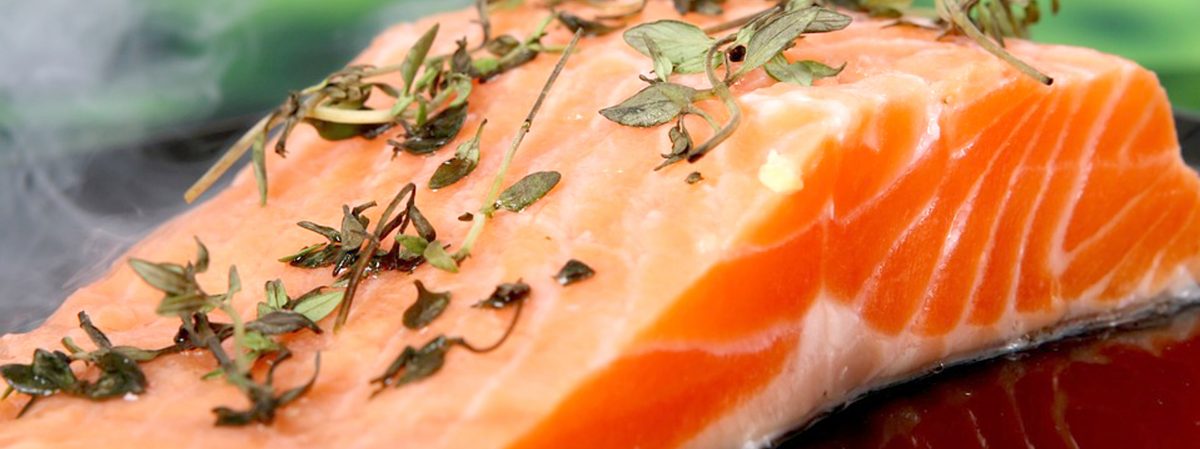Try to consume WILD CAUGHT FISH whenever possible.
The main fish that I would suggest is Tilapia.
Switch Tilapia for Cod
Tilapia is a popularly produced and consumed fish in America, and I’ve noticed few US government agencies often promoting it as “healthy”. The fish is also inexpensive. You can buy Tilapia for as low as $1.00 USD per pound in some states, while other states you’ll find them for $1.99 per pound or thereabout. The Tilapia fish is known in the food business as “aquatic chicken” because it breeds easily and tastes bland, and at times even tastes like mud depending on the environment it was raised in. Check the origin of your Fish. Avoid fish from China at all costs. In 2009, the Economic Research Service of the U.S. Department of Agriculture (USDA) examined farm-raised seafood imported from China, and revealed that many of the farms and food processors in China are located in industrialized regions where air, water and soil are contaminated.
Below are four major reasons why you should steer clear of Farm Raised Tilapia or any other Farm Raised Fish.
- Farm-raised Tilapia Contains Cancer Causing Pollutants
Farm-raised fish may have at least 10 times the cancer causing pollutants compared to the wild variety. This can most likely be attributed to the feeds used on farm-raised fish. Chicken feces is one of the main ingredients in farm fish feed. Not only that, the transfer of pig and duck waste to fish farms is also a very common practice. Looking at the rate of cancer deaths in the US, especially that of Africans – InformAfrica advises fellow Africans in diaspora to avoid cancer-causing foods at all cost, including farm-raised fish, even if inexpensive. - Low Levels of Nutrients in Farm-raised Tilapia
The benefits of Omega-3 fatty acids (healthy for the brain) is one of the major reasons many people eat fish. However, farm raised tilapia fish contains very little omega-3 fatty acids compared to wild-caught fish. Commercially produced fish such as tilapia also have lower proteins and other nutrients too. Importantly, the high-levels of omega-6 fatty acids found in farm-raised tilapia is more than enough reason to avoid the fish – completely. - Farm-raised Tilapia Contains Toxic Chemicals
Since they are raised in crowded fish pens, tilapia are more prone to diseases. Farm owners give them antibiotics to prevent them from getting sick. They’re also given pesticides to treat sea lice, a common problem. Dibutylin levels (a toxic chemical used in PVC plastics) is said to be 6 times higher in some farm raised fishes compared to the wild ones from the Atlantic sea. Dibutylin is toxic and can impair immune system function while also contributing to inflammation. Dibutylin could also be the reason why Americans have a rise in asthma, obesity, allergies and other metabolic disorders in the recent years. Another toxic chemical found in farm-raised fish is Dioxin. Previous studies suggest that doxin levels are 11 times higher in farm-raised salmon compared to wild-caught salmon. Dioxin is a very toxic chemical that can contribute to cancer and other complications. - Farm-raised Fish Causes Inflammation
Wake Forest researchers once reported that the combination of both omega-3 fatty acids and omega-6 fatty acids found in tilapia fish could be a potentially dangerous food source for some patients with heart disease, arthritis, asthma and other allergic and auto-immune diseases that are particularly vulnerable to an ‘exaggerated inflammatory response.’ Inflammation is known to cause damage to blood vessels, the heart, lung and joint tissues, skin, and the digestive tract. Any farm-raised fish with high levels of omega-6 fatty acids potentially causes inflammation. Wild-caught fish from the sea is a much more healthier choice.
Switching Farm Raised for Wild Caught
Always look for WILD CAUGHT Fish. That goes for ALL things from the Sea. They have banned Fish Farms in Alaska, so buying Alaskan Salmon for example is great! If you don’t see as much WILD CAUGHT as you would like in your local grocery store, ask the manager to order some.



